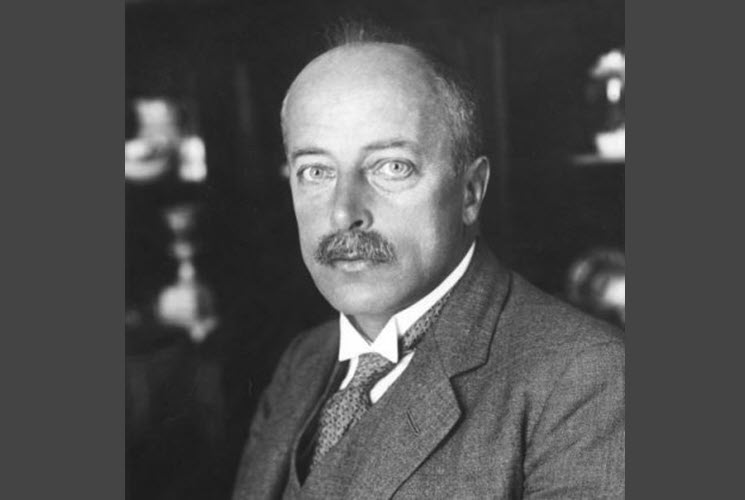Max von Laue (9 October 1879 – 24 April 1960) was a German physicist. He was awarded the Nobel Prize in Physics in 1914.
Life and Career
He was born on 9 October 1879, in the Kingdom of Prussia, German Empire. He received his education in physics at several universities in Germany. He initially studied at the University of Strasbourg, where he received his Ph.D. in 1903 under the supervision of the physicist August Kundt. After completing his doctoral studies, von Laue worked as an assistant to the physicist Max Planck at the University of Berlin.
In 1909, von Laue became a professor of physics at the University of Frankfurt, where he remained until 1912. In 1912, he moved to the University of Zurich, where he continued his work on X-rays and crystal diffraction.
His most famous discovery was the diffraction of X-rays by crystals, which he first proposed in 1912. This discovery laid the foundation for the development of X-ray crystallography as a powerful tool for studying the structure of matter. Von Laue conducted experiments to confirm his theory and used a crystal of zinc blende to diffract X-rays, observing a diffraction pattern that was consistent with his theory.
He also made important contributions to the study of the interaction of X-rays with the matter, including the development of techniques for measuring X-ray wavelengths and the scattering of X-rays by electrons. He also studied the properties of X-rays and their applications in fields such as medicine and metallurgy.
During World War II, von Laue was involved in the German nuclear weapons program, working on the separation of isotopes of uranium. After the war, he worked to rebuild scientific institutions in Germany and to promote international cooperation in science.
Overall, von Laue’s contributions to the field of physics have had a lasting impact, particularly in the field of X-ray crystallography, which has been used to determine the structures of many important molecules, including DNA.
He died on 24 April 1960 in Berlin, Germany.
Award and Legacy
He was awarded the Nobel Prize in Physics in 1914 for his discovery of X-ray diffraction by crystals.
His legacy is most notable in the field of X-ray crystallography. His discovery of X-ray diffraction by crystals revolutionized the study of the structure of matter and has had a profound impact on many fields, including chemistry, biology, and materials science. X-ray crystallography has been used to determine the structures of many important molecules, including proteins, enzymes, and viruses, and has led to the development of new drugs and materials.

